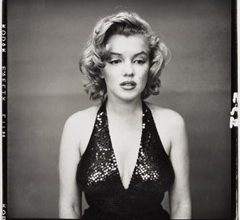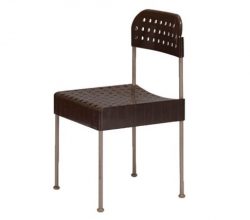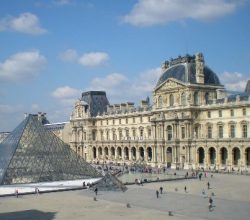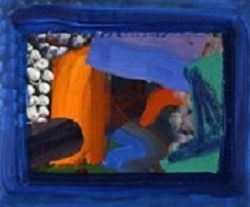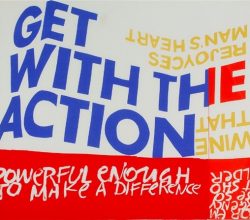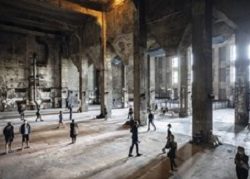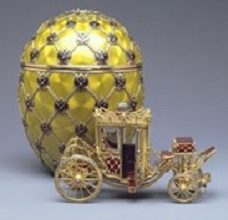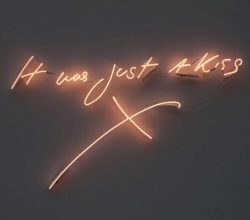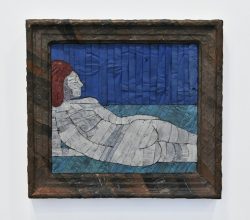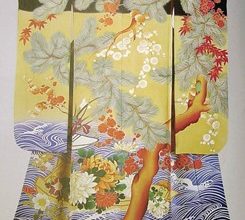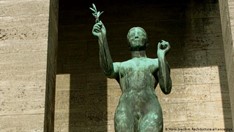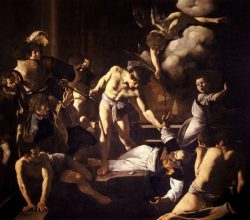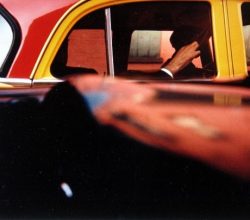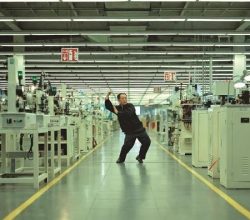
Essay: Abnormal / Normal: the art of Cao Fei
Morgan Meis | The-Easel | 20th October 2020
Does contemporary Chinese art express a sensibility that is uniquely Chinese? Morgan Meis uses this perspective to look at the art of Cao Fei, the acclaimed multimedia artist. Some critics think her beguiling work draws on a Western aesthetic. No, says Morgan, its not that simple. She is expressing what it means to live amidst constant change.
“Cao Fei came to be Cao Fei in the bewildering landscape of a massive city of manufacturing and trade that was completely reinventing itself. She is aesthetically fascinated with the creation of a new normal. She is interested in the new normal as a matter of fact, not as a diagnosis or proclamation. Who would have predicted that [new mega-factories] would look and feel exactly like this?”

